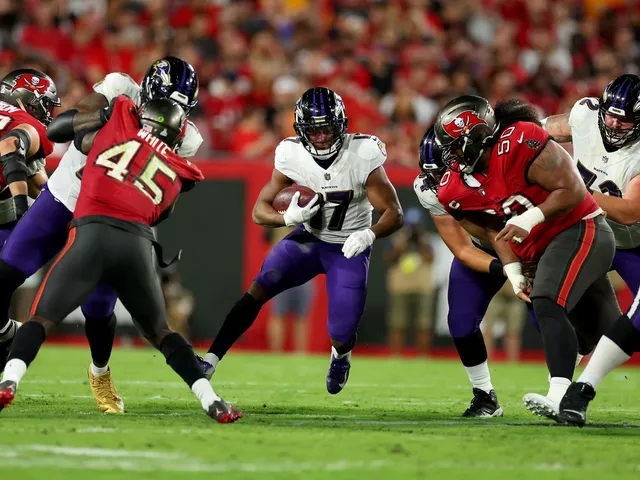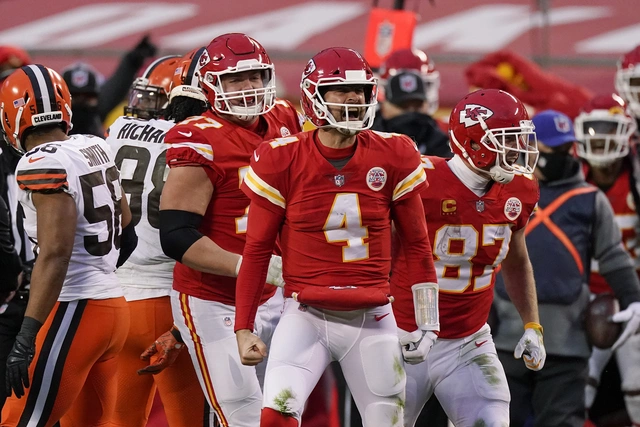
High-Pressure Failures: When the Biggest Stars Slip
Ever watched a star quarterback miss an easy pass or a basketball player airball a free throw? Those moments feel like a punch in the gut, but they’re more common than you think. High-pressure failures happen when the weight of the game, the crowd, or the stakes turn a routine play into a disaster. Understanding why this happens can help fans, coaches, and players keep the drama on the scoreboard, not in the locker room.
Common Triggers That Lead to Clutch Mistakes
First off, it’s rarely about skill. Most athletes on these tag pages have the talent to perform at elite levels. The real issue is the mental load. Here are the top three triggers:
1. Overthinking the Moment – The brain starts replaying "what‑ifs" instead of focusing on the next move. A quarterback might picture the defense’s reaction instead of throwing the ball.
2. Crowd Noise and Expectation – A roaring stadium can boost adrenaline, but too much can drown out the inner voice that tells you the basics. Think of a rookie pitcher hearing the crowd chant his name and then throwing a wild pitch.
3. Physical Fatigue – When muscles are tired, coordination drops. That’s why many high‑pressure blunders happen late in the fourth quarter or after a grueling double‑header.
Notice how these triggers show up in the articles on the page? Tyrod Taylor’s late‑game TD came after a shaky start, while Daniel Jones avoided a turnover by staying calm under pressure. Both illustrate that the right mindset can flip a potential failure into a highlight.
How to Bounce Back and Stay Cool Under Fire
Turning a high‑pressure failure into a learning moment starts with a few practical habits:
Practice Under Simulated Stress – Run drills with loud music, timed drills, or mock crowds. The goal is to get used to the noise so it feels normal during a real game.
Focus on One Task at a Time – Instead of "I can’t miss this kick," think "step, plant, swing." Breaking the action into tiny steps keeps the brain from spiraling into panic.
Develop a Pre‑Play Routine – Many elite athletes have a consistent ritual before each snap or pitch. It could be a deep breath, a quick visual cue, or a simple fist‑pump. The routine signals the brain that it’s time to perform, not overthink.
Coaches can also help by framing failures as data, not drama. When a rookie fumbles, ask, "What did you see right before the ball came out?" instead of "Why did you drop it?" This shifts the conversation from blame to improvement.
Remember, even the best make mistakes. The NFL’s "Are games rigged?" debate shows fans love drama, but players care about consistency. By recognizing the mental triggers behind high‑pressure failures and using clear, low‑stress habits, athletes can keep the spotlight on their strengths.
So next time you see a star slip, think of it as a reminder that pressure affects everybody. With the right tools, today’s failure can become tomorrow’s highlight reel.
-
11 May



